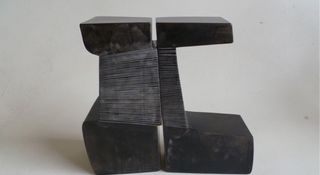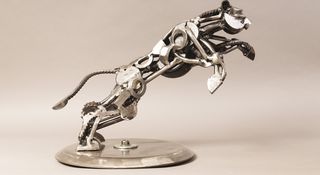
Modern and Contemporary Sculptures for Sale
Save your search and find it in your favorites
Saved search
Your search is accessible from the favorites tab > My favorite searches
Unsaved search
A problem occurred
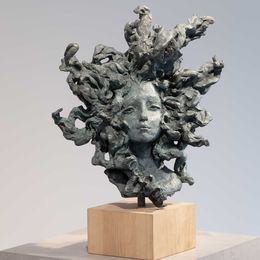

Calme et le silence bronze
Miguel Guía
Sculpture - 40 x 16 x 15 cm Sculpture - 15.7 x 6.3 x 5.9 inch
$1,503

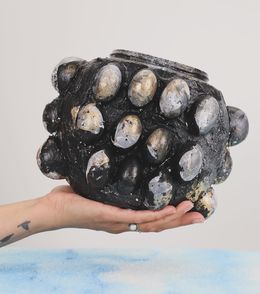
Ceremic sculpture- Thoughts
Poonam Choudhary
Sculpture - 25.4 x 17.8 x 15.2 cm Sculpture - 10 x 7 x 6 inch
$1,000
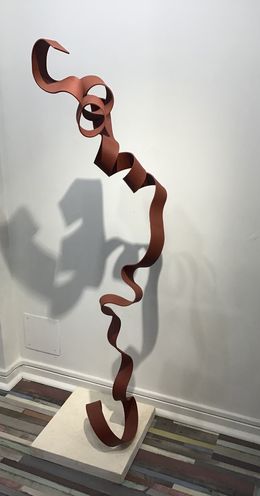
Serpentina Bordeaux
Ariel Elizondo Lizarraga
Sculpture - 153 x 6 x 0.5 cm Sculpture - 60.2 x 2.4 x 0.2 inch
$2,805



Les espaces de Penseur de Rodin
Jesus Campos
Sculpture - 30 x 14 x 15 cm Sculpture - 11.8 x 5.5 x 5.9 inch
$1,099
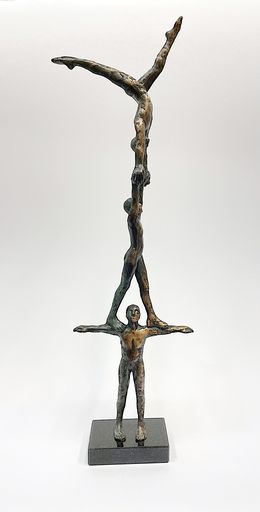
Circus Acrobats
Joanna Zakrzewska-Cholewa
Sculpture - 49 x 15 x 6 cm Sculpture - 19.3 x 5.9 x 2.4 inch
$1,794




40cm Collage, LV Marilyn Tribute Teddy
Naor
Sculpture - 40 x 33 x 26 cm Sculpture - 15.7 x 13 x 10.2 inch
$1,795
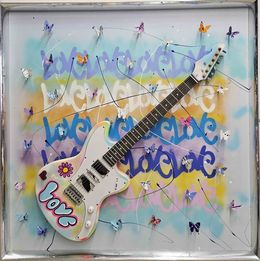

Aluminium II
Kovalenko Sergiy
Sculpture - 39 x 43 x 30 cm Sculpture - 15.4 x 16.9 x 11.8 inch
$1,683

Convergence animalière
Jean-Paul Jacquet
Sculpture - 40 x 70 x 15 cm Sculpture - 15.7 x 27.6 x 5.9 inch
$1,571

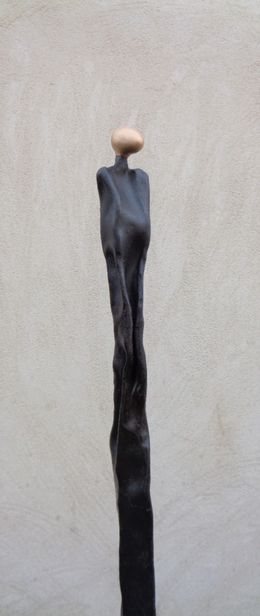

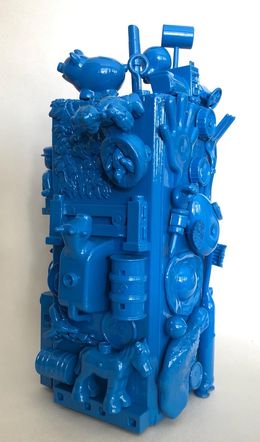
Totem Bleu - jouets
Anmarie Léon
Sculpture - 30 x 14 x 14 cm Sculpture - 11.8 x 5.5 x 5.5 inch
$1,122

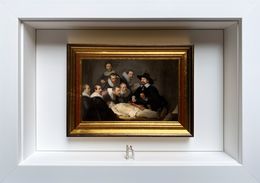

Blue ocean waves
Nataliia Krykun
Sculpture - 80 x 80 x 4 cm Sculpture - 31.5 x 31.5 x 1.6 inch
$2,244
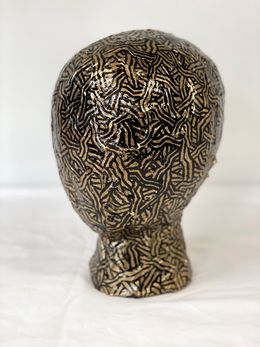
Reflections – Untitled VII
David Paul Kay
Sculpture - 38.1 x 22.8 x 22.8 cm Sculpture - 15 x 9 x 9 inch
$3,366 $2,861
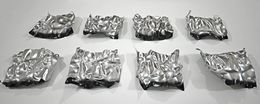
Chromatic waves
Sumit Mehndiratta
Sculpture - 40 x 102 x 5 cm Sculpture - 15.7 x 40.2 x 2 inch
$1,346 $1,144

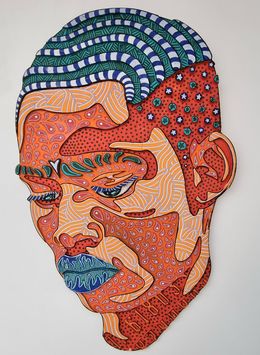


Love turtle pink
Diederik Van Apple
Sculpture - 25 x 25 x 40 cm Sculpture - 9.8 x 9.8 x 15.7 inch
$1,234


Untitled sculpture
George Lilanga
Sculpture - 63 x 25 x 20 cm Sculpture - 24.8 x 9.8 x 7.9 inch
$1,571


Plaque de métro Alice au pays des merveilles
Fat
Sculpture - 30 x 80 x 3 cm Sculpture - 11.8 x 31.5 x 1.2 inch
$2,132
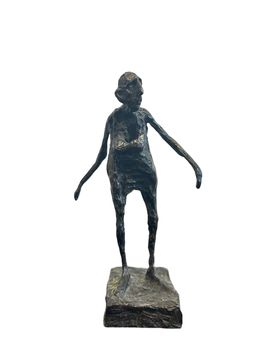
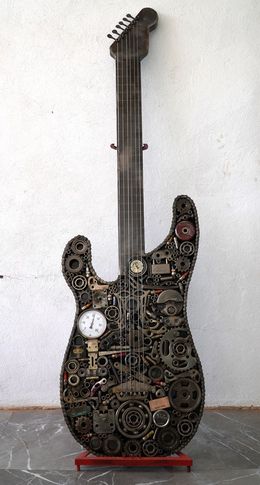
Guitare en métal recyclé
Hassan Laamirat
Sculpture - 160 x 47 x 35 cm Sculpture - 63 x 18.5 x 13.8 inch
$1,099


Le Lien à la Connexion 1
Cléo Robine
Sculpture - 117 x 30 x 7 cm Sculpture - 46.1 x 11.8 x 2.8 inch
$2,019

Guitare Eddie Cokran
Robert Combas
Sculpture - 97 x 34 x 2 cm Sculpture - 38.2 x 13.4 x 0.8 inch
$14,024

Anonymous lover II
Jean-Philippe Berger
Sculpture - 33 x 17 x 15 cm Sculpture - 13 x 6.7 x 5.9 inch
$314
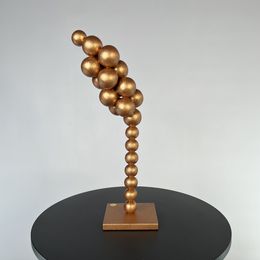
Spikelet sculpture
Irena Tone
Sculpture - 38.5 x 16 x 10.5 cm Sculpture - 15.2 x 6.3 x 4.1 inch
$561
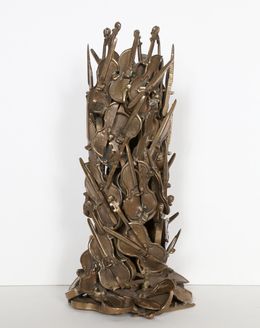
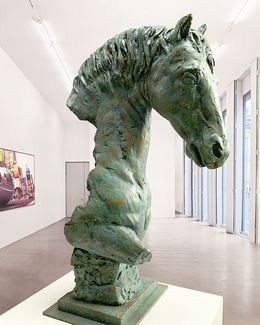
Tête de cheval impressionniste oxyde vert
Martín Duque
Sculpture - 53 x 21 x 30.5 cm Sculpture - 20.9 x 8.3 x 12 inch
$1,436

The Butterflies Of Love
Yasna Godovanik
Sculpture - 58 x 76 x 20 cm Sculpture - 22.8 x 29.9 x 7.9 inch
$2,356
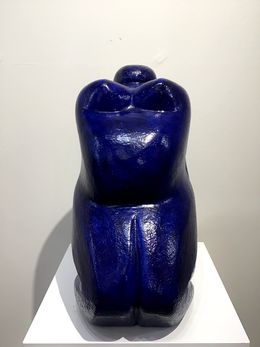

Divina Proportia
Dirk De Keyzer
Sculpture - 58 x 12 x 8 cm Sculpture - 22.8 x 4.7 x 3.1 inch
$13,968
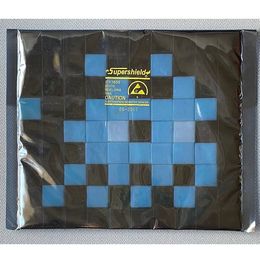
Invasion Kit #06 Runner
Invader
Sculpture - 18 x 19.5 x 1 cm Sculpture - 7.1 x 7.7 x 0.4 inch
$30,291
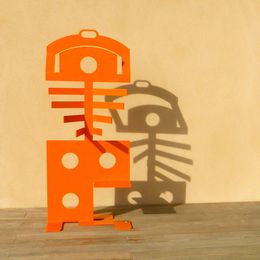

Le Patriarche N°1
Michel Bassompierre
Sculpture - 12 x 13 x 11 cm Sculpture - 4.7 x 5.1 x 4.3 inch
$4,039
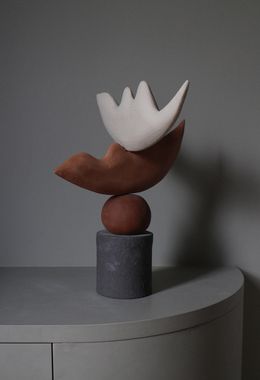
Baiser suspendu
Thalia Dalecky
Sculpture - 41 x 39 x 39 cm Sculpture - 16.1 x 15.4 x 15.4 inch
$1,907

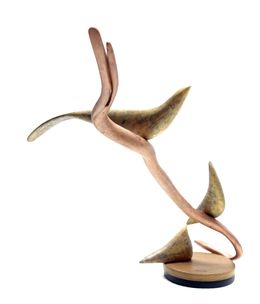
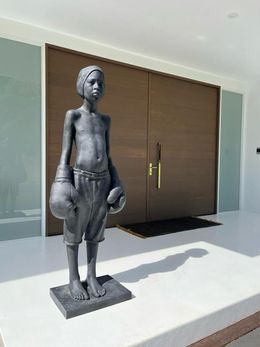


Andalouse BL (LC76)
Landry Clément
Sculpture - 67 x 23.5 x 4.6 cm Sculpture - 26.4 x 9.3 x 1.8 inch
$2,199
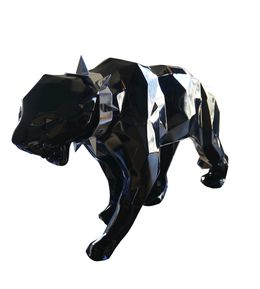
Panther Wild Neck avec yeux aluminium
Richard Orlinski
Sculpture - 70 x 152 x 31 cm Sculpture - 27.6 x 59.8 x 12.2 inch
$43,754

Babolex Snoop Dogg
Vincent Faudemer
Sculpture - 30 x 20 x 15 cm Sculpture - 11.8 x 7.9 x 5.9 inch
$2,132

Mickey assis Art Brut
Xavier Wttrwulghe
Sculpture - 22 x 17 x 25 cm Sculpture - 8.7 x 6.7 x 9.8 inch
$1,515
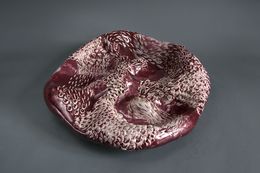
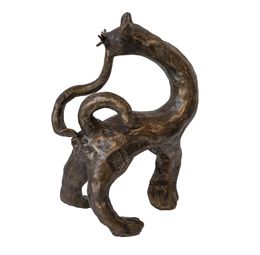
La toilette - Sculpture bronze
Plaf
Sculpture - 15 x 12 x 8.5 cm Sculpture - 5.9 x 4.7 x 3.3 inch
$1,683

Vanité aux papillons
Philippe Pasqua
Sculpture - 22 x 48 x 48 cm Sculpture - 8.7 x 18.9 x 18.9 inch
$15,707

PopArt - Campbell Soup x Balloon dog Gold
Koen Betjes
Sculpture - 20 x 11 x 8 cm Sculpture - 7.9 x 4.3 x 3.1 inch
$279
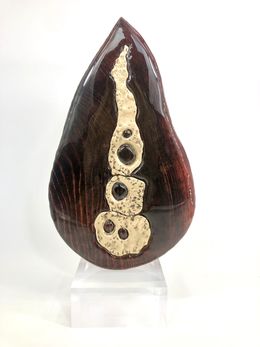
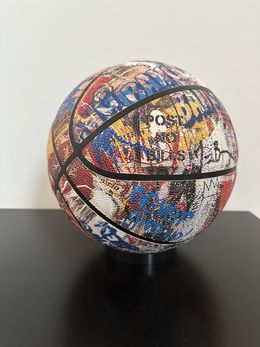
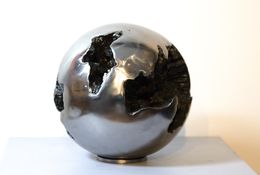

Lenteur nécessaire
Christian Michaud
Sculpture - 50.8 x 61 x 3.8 cm Sculpture - 20 x 24 x 1.5 inch
$910

How did they build that?
Gregory Orekhov
Sculpture - 181.5 x 19 x 3.8 cm Sculpture - 71.5 x 7.5 x 1.5 inch
$22,438

Chic Urban Bear
Priscilla Vettese
Sculpture - 18 x 27 x 10 cm Sculpture - 7.1 x 10.6 x 3.9 inch
$247 $222
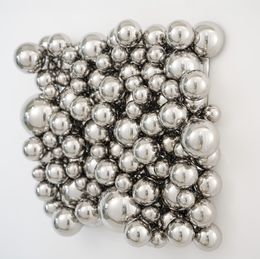

Lectrice assise sur bord de livre Love
Carl Jaunay
Sculpture - 31 x 13 x 10 cm Sculpture - 12.2 x 5.1 x 3.9 inch
$2,693
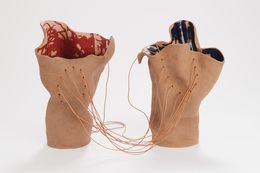
Moìrai. From The Visceral Series.
Magda Von Hanau
Sculpture - 42.9 x 54.9 x 54.9 cm Sculpture - 16.9 x 21.6 x 21.6 inch
$10,750
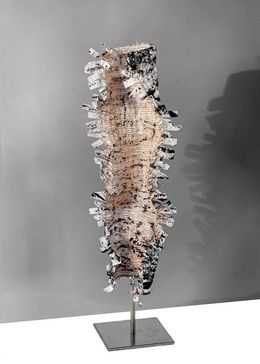
Topographie végétale (2)
Sophie Zénon
Sculpture - 50 x 15 x 15 cm Sculpture - 19.7 x 5.9 x 5.9 inch
$2,468

Love on the TV Screen
Gergana Ivanova
Sculpture - 15 x 17 x 22 cm Sculpture - 5.9 x 6.7 x 8.7 inch
$561

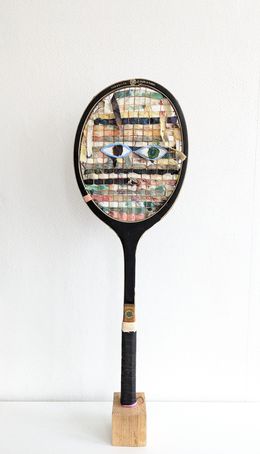
Les yeux dans les tiens, souris #3
Jéko
Sculpture - 68.5 x 23 x 4 cm Sculpture - 27 x 9.1 x 1.6 inch
$2,917
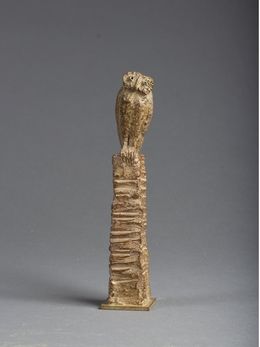
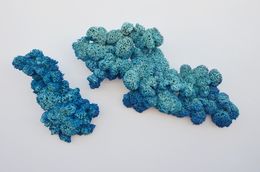
Profundidades, parte honda y parte playa
Laura Larocca
Sculpture - 135 x 75 x 15 cm Sculpture - 53.1 x 29.5 x 5.9 inch
$1,425


Twist, Gradient Ordinal Murmuration
Jake Michael Singer
Sculpture - 100 x 82 x 90 cm Sculpture - 39.4 x 32.3 x 35.4 inch
$30,291

Emotion
Teimuraz Sarishvili
Sculpture - 45 x 18.5 x 7 cm Sculpture - 17.7 x 7.3 x 2.8 inch
$5,609 $4,768
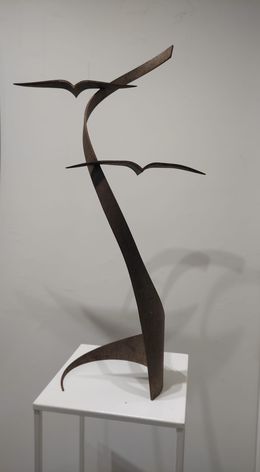



Descendent - Lucid Dreamer
James Jean
Sculpture - 32 x 15 x 15 cm Sculpture - 12.6 x 5.9 x 5.9 inch
$2,019

Darth Vader Graffiti
Alberto Blanchart
Sculpture - 79 x 32 x 20 cm Sculpture - 31.1 x 12.6 x 7.9 inch
$2,132 $1,918

Composition Bleue Jaune Rouille
Costa
Sculpture - 60 x 60 x 3 cm Sculpture - 23.6 x 23.6 x 1.2 inch
$5,609
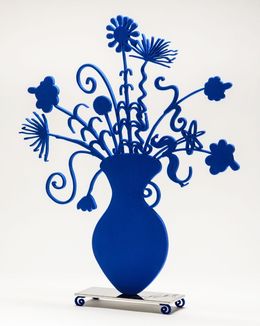
Flores Blue - Cutout - Sculpture
Kenny Scharf
Sculpture - 63 x 53 x 1 cm Sculpture - 24.8 x 20.9 x 0.4 inch
$15,707
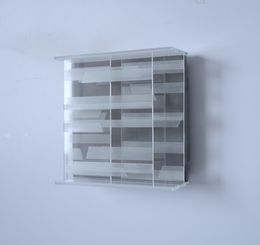
Licht-Linien Lumineszenz I
Selçuk Dizlek
Sculpture - 20 x 20 x 6 cm Sculpture - 7.9 x 7.9 x 2.4 inch
$1,402
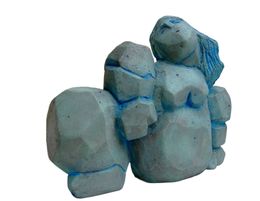




Yellow Rabbit-large size
Viktor Zuk
Sculpture - 46 x 33 x 14 cm Sculpture - 18.1 x 13 x 5.5 inch
$617 $555

Osmose - série sculpture et corps en matière
Jf Carer
Sculpture - 79 x 31 x 31 cm Sculpture - 31.1 x 12.2 x 12.2 inch
$11,780
Discover the styles & movements
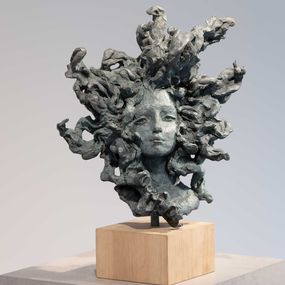

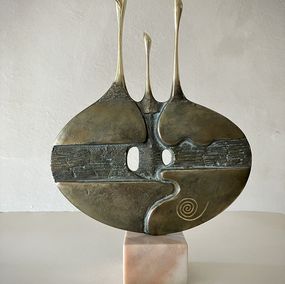
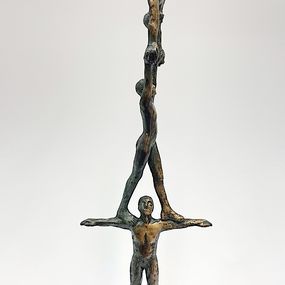





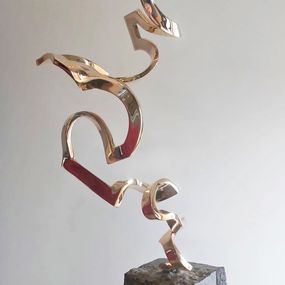

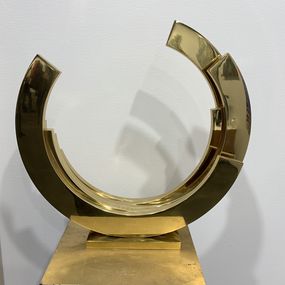
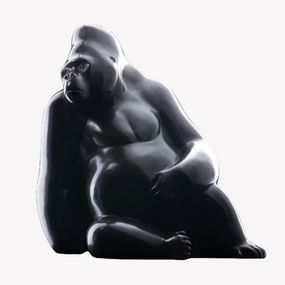

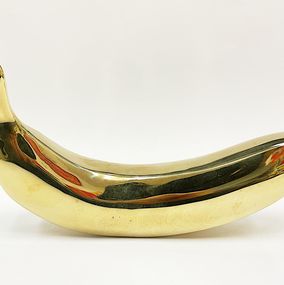


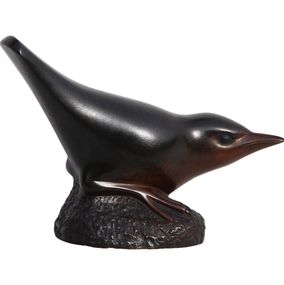

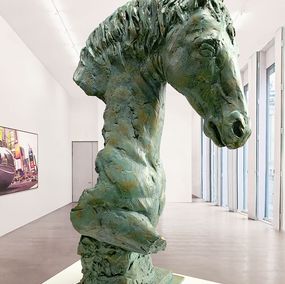

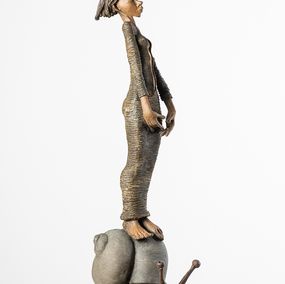
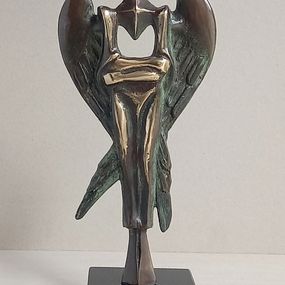











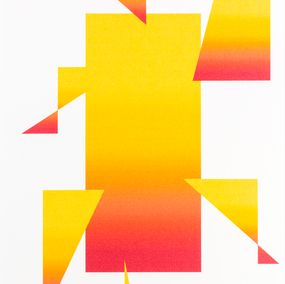

Discover the selection of our experts

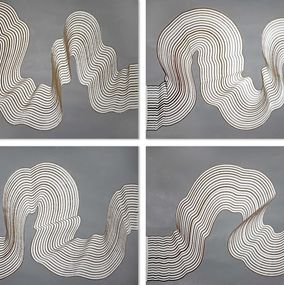
Drawing No. 453
Sumit Mehndiratta
Fine Art Drawings - 42 x 60 x 0.1 cm Fine Art Drawings - 16.5 x 23.6 x 0 inch
$1,346

Calme et le silence bronze
Miguel Guía
Sculpture - 40 x 16 x 15 cm Sculpture - 15.7 x 6.3 x 5.9 inch
$1,503


La vie en effervescence
Âme Sauvage
Painting - 81 x 100 x 2.4 cm Painting - 31.9 x 39.4 x 0.9 inch
$1,178


Holding your hands
Katharina Hormel
Painting - 100 x 100 x 2 cm Painting - 39.4 x 39.4 x 0.8 inch
$1,795



The tree of life
Seyran Gasparyan
Painting - 50 x 60 x 2 cm Painting - 19.7 x 23.6 x 0.8 inch
$1,200 $1,020
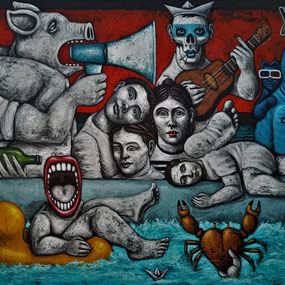

Serpentina Bordeaux
Ariel Elizondo Lizarraga
Sculpture - 153 x 6 x 0.5 cm Sculpture - 60.2 x 2.4 x 0.2 inch
$2,805
Modern and Contemporary Sculptures for Sale
Although humans began sculpting for ritualistic purposes or to create tools very early on, the history of sculpture can be separated into two key periods.
The first sculpture period stretches from Antiquity to the 19th century. The various artistic movements which cover these 20 centuries were deeply inspired by ancient Greek art and in particular by their sculptures, which adorned the temples and paid tribute to their mythological Gods by representing the human body in its most ideal form. The first to be inspired by this art were the Romans, who copied many ancient Greek sculptures and modeled them in the likeness of Gods but also of important figures in society. Medieval art, just like Roman art, took a more political turn but also a religious one as Catholicism spread across Europe.
Churches were built and sculpture became an integral part of their architecture, in particular in Romanesque and Gothic art. It was finally during the Renaissance that sculpture once again became closely linked to classical works, especially with creation of life size sculptures. Nude sculptures became very popular and represented a real feat and sculptors who knew how to create them were held in high esteem. Heavily inspired by painting, the subjects represented became increasingly more expressive…
In the 17th century, sculptors began to push the style of Antiquity further and sculpture became dramatic and picturesque. It wasn't until the 19th century that classicism became fashionable again.
The end of the 19th century was a pivotal time in the history of sculpture. It marked the end of centuries of inspiration from Antiquity. The instigator of change was none other than Auguste Rodin who, after an inspiring journey to Italy, brought a breath of fresh air to the world of sculpture. Even if his style remains quite academic, he influenced many 20th century sculptors.
Different ideas about art were born in the 20th century with modern and contemporary sculpture. Cubists like Pablo Picasso depicted perspective from different angles; Brancusi and his simple, refined wooden sculptures led the way for abstract art in the years to follow; Dadaism, a provocative style free of any kind of artistic norms, produced the first ready-mades with Marcel Duchamp; Jean Tinguely grappled with technology to create his imperfect machines…
It wasn't until the 1960s and 70s that contemporary sculpture appeared with Conceptual Art, where the idea behind the work took precedence over the aesthetic and the Fluxus movement which radically questioned the foundations of artwork. The 60s also saw the rise of minimalism and artists putting into practice Mies Van Der Rohe's conviction that 'less is more'. Other contemporary artists such as Richard Serra, Carl André and Donald Judd created architectural works. There was Pop Art but also Land Art, monumental artworks created in the very heart of nature, and of course, Arte Povera, which rejected consumer society and turned its focus towards nature and the ephemeral.
On Artsper, you'll find a carefully chosen selection of sculptures which cover all the latest sculptural trends in contemporary art. You will find sculptures made from a variety of materials including bronze, marble, clay, paper, plaster, steel, neon, metal, glass, resin, iron, terracotta and wood. When looking for a sculpture to buy; you can either choose a large-scale work or one of a more reasonable size. You could opt for a sculpture piece which easily fits in with your interior design or you could go for a monumental piece as a bold addition to your collection. You could even choose an outdoor sculpture like those made by artists like Nicolas Dubreuille. In our “Famous Artists" category you will find artists such as Arman, Carlos Cruz Diez, Philippe Pasqua and Damien Hirst and in our "Emerging Artists" category we have Gaspard Mitz and other rising talents.

